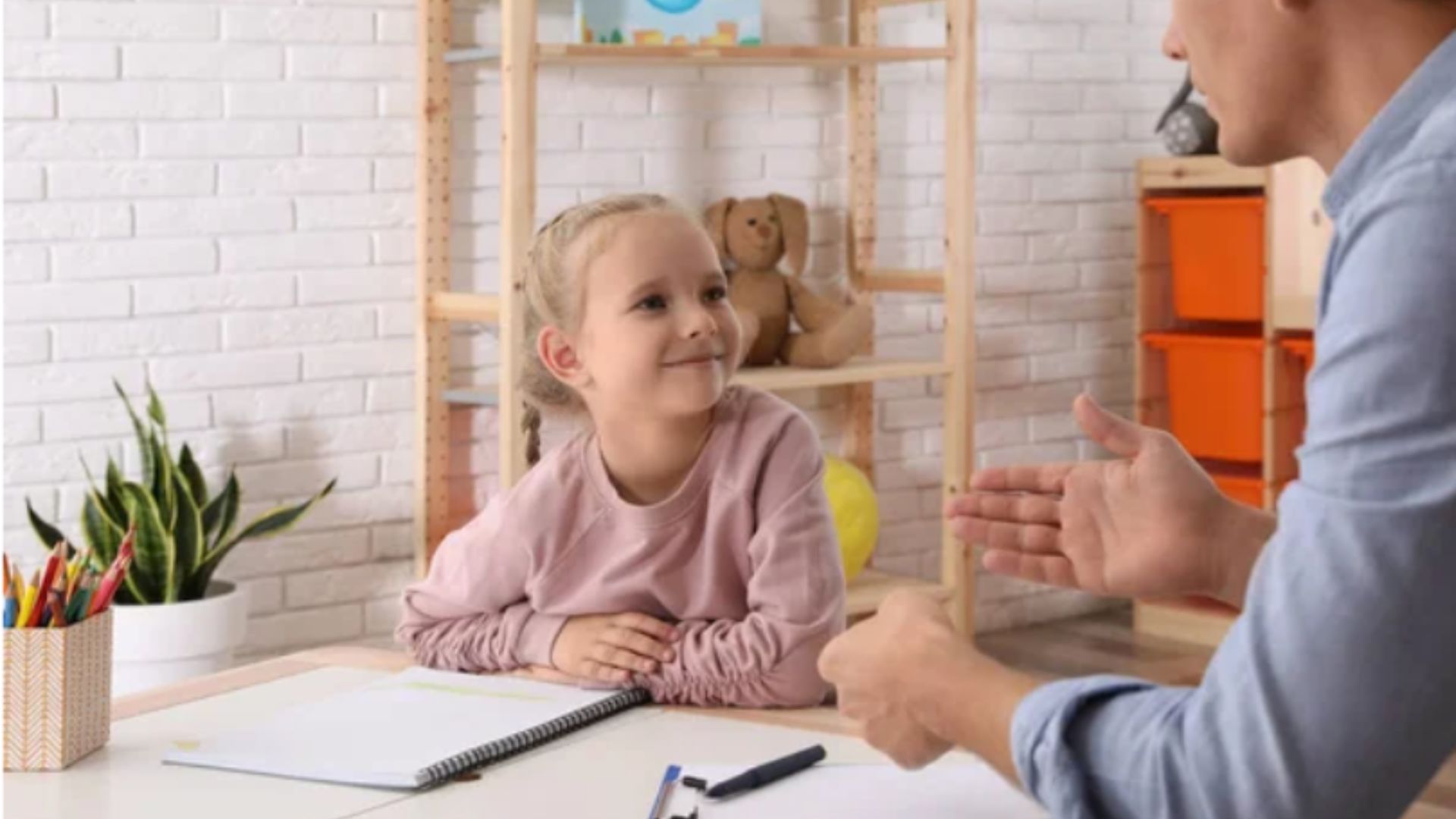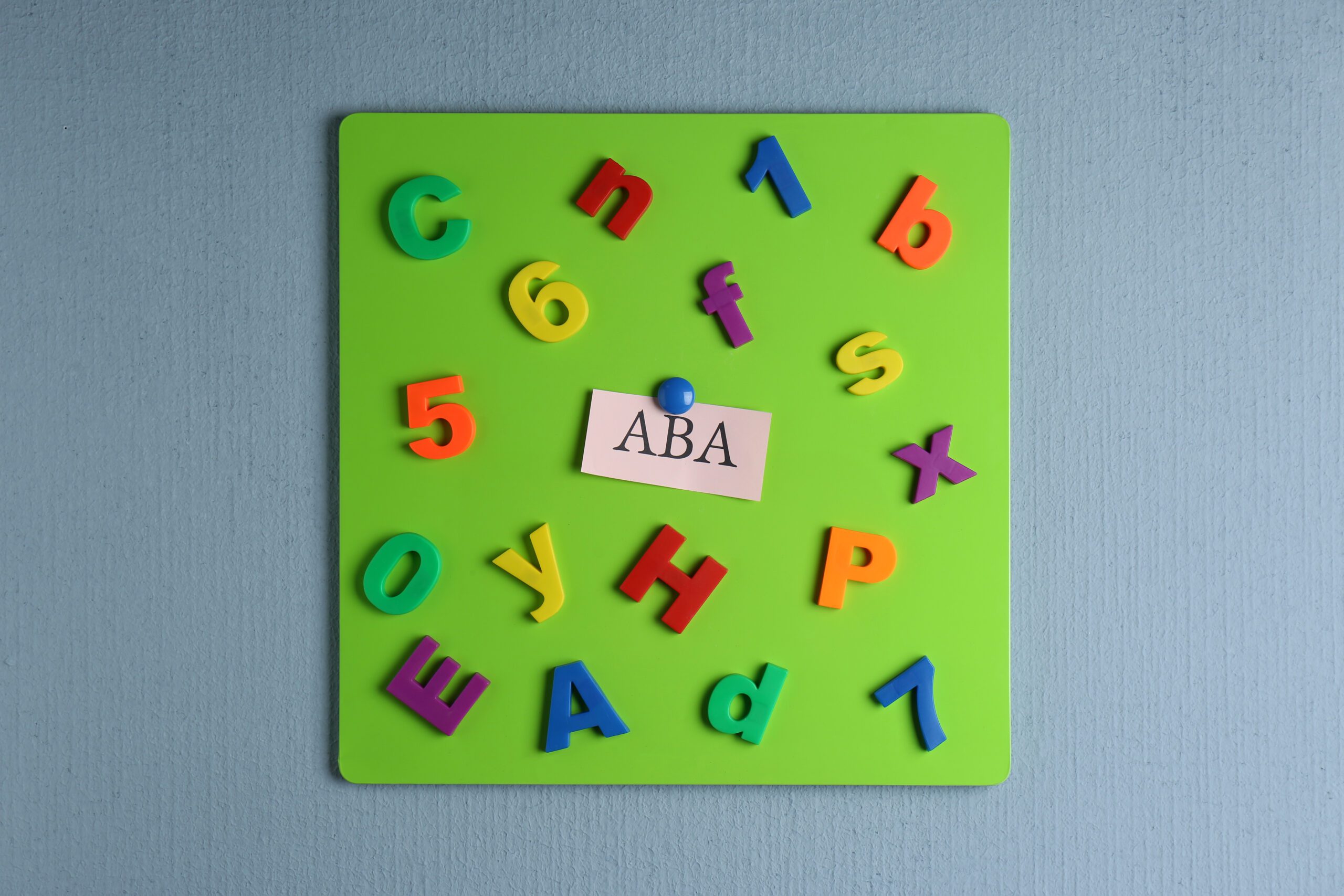
ABA Therapy Techniques: Helping Children Thrive in Grapevine
When raising a child with autism or developmental delays, finding the right support can be overwhelming. Navigating the challenges of development can feel daunting, but ABA therapy techniques offer evidence-based strategies designed to address unique developmental challenges, empowering children and their families to achieve milestones that once felt out of reach.
These strategies aren’t just tools—they’re a lifeline for families seeking meaningful progress and greater independence for their children. In Grapevine, these techniques are thoughtfully tailored to meet individual needs, creating a customized pathway for lasting success.
Why Evidence-Based ABA Therapy Techniques Matter
Applied Behavior Analysis (ABA) is grounded in decades of research, offering scientifically validated methods to encourage positive behaviors and reduce challenging ones. These techniques are not just generic solutions; they are uniquely adapted to the specific strengths and needs of each child.
ABA therapy techniques has shown a success rate of over 89% in improving communication and behavioral outcomes in children with autism spectrum disorders. By focusing on measurable outcomes, ABA empowers families to witness tangible improvements in critical areas, including communication, social interaction, and independence.
Families often feel an immense sense of relief and hope when they see their children learning new skills and overcoming challenges through ABA therapy techniques:
- A child who struggled to express basic needs begins to communicate using picture cards or words after consistent therapy sessions, enabling more meaningful interactions with their family.
- A non-verbal child gains confidence as they successfully use a communication device to request a favorite toy or snack, marking a significant breakthrough.
- Parents witness their child making eye contact for the first time in a social setting, an achievement that fosters a deep sense of pride and optimism.
These moments are transformative, showcasing the power of evidence-based approaches that are consistently backed by scientific studies and success stories.
Overview of Common ABA Therapy Techniques
ABA therapy techniques employs a variety of techniques to target different aspects of development. Here are some widely used methods, each tailored to specific goals and needs:
Positive Reinforcement
Positive reinforcement is the cornerstone of ABA. By rewarding desired behaviors, children learn to associate these actions with positive outcomes, encouraging repetition. This method is incredibly versatile:
- Praising a child for making eye contact during a conversation.
- Rewarding them for completing a task like tying their shoes.
- Providing a toy or verbal praise when a child successfully asks for it using a picture card.
Discrete Trial Training (DTT)
DTT breaks tasks into smaller, manageable steps. Each step is taught individually in a structured format, ensuring children grasp one concept before moving to the next. Examples include:
- Teaching a child to identify colors by presenting one color at a time.
- Pairing colors with prompts and gradually reducing assistance until mastery is achieved.
- Using repetition to reinforce understanding of numbers or letters.
Natural Environment Teaching (NET)
NET focuses on teaching skills in real-life settings, making learning practical and relevant. For example:
- Practicing item requests during snack time or playtime.
- Encouraging language skills by labeling objects during a walk.
- Teaching social interactions during group play with peers.
Task Analysis
Complex tasks, such as brushing teeth or getting dressed, are broken into smaller steps. Examples of ABA therapy techniques include:
- Picking up a toothbrush as the first step toward brushing teeth.
- Applying toothpaste, followed by brushing in small, manageable stages.
- Sequencing steps for getting dressed, starting with putting on a shirt.
Prompting and Fading
Prompts guide children toward desired behaviors, while fading involves gradually reducing the prompts as the child becomes more independent. Practical applications include:
- Using verbal cues to encourage a child to say “thank you” and reducing the prompt over time.
- Offering hand-over-hand guidance to teach writing skills, followed by independent practice.
- Providing visual reminders for routines and phasing them out as the child gains confidence.
Real-Life ABA Therapy Techniques Examples
To illustrate the power of ABA therapy techniques, here are real-life scenarios where these methods have made a profound difference:
Improving Communication
A non-verbal child learns to use picture cards to request snacks through positive reinforcement and NET. Over time, they transition to verbal requests, building confidence in social interactions. The ability to communicate needs effectively enhances both the child’s and the family’s quality of life.
Enhancing Social Skills
A child who previously struggled with group activities begins to participate through a combination of DTT and prompting. Simple games like taking turns or sharing toys are introduced in a structured yet engaging manner, fostering collaboration and friendships in social settings.
Building Daily Living Skills
Using task analysis, a child learns to dress themselves. Starting with simple tasks like putting on a shirt, they progress to mastering the entire process independently. These newfound skills boost their self-esteem and provide parents with immense pride.
Developing Emotional Regulation
Through consistent use of ABA therapy techniques, a child learns coping mechanisms for frustration or anxiety. Strategies like calming prompts and positive reinforcement during stressful situations help them navigate emotions more effectively, contributing to a more harmonious home environment.
ABA Therapy Techniques in Grapevine: Local Impact and Implementation
In Grapevine, ABA therapy techniques extends far beyond the walls of a clinic. It integrates seamlessly into homes, schools, and community settings, ensuring that therapy is accessible and directly relevant to the child’s daily life. This localized approach maximizes the effectiveness of interventions and fosters a stronger connection between therapy and real-world application.
Tailored Programs
Grapevine ABA providers, such as Achievement Balance, design individualized programs that cater to the unique needs of each child. Therapists work closely with families to set achievable goals, ranging from improving communication skills to enhancing social interactions and fostering independence in daily tasks. Every program is built with the child’s strengths and challenges in mind, ensuring a personalized approach to progress.
Family Involvement
Parent training is a vital aspect of ABA therapy techniques in Grapevine. Parents are equipped with practical strategies to reinforce learning at home, bridging the gap between therapy sessions and everyday life. This collaborative effort ensures that progress isn’t limited to therapy hours but continues seamlessly in the child’s natural environment.
Community Engagement
Local therapists collaborate with schools, community organizations, and other support networks to create a cohesive framework for the child’s development. Group therapy sessions, community outings, and school-based interventions provide children with opportunities to practice and generalize skills in real-world scenarios, fostering meaningful connections and social confidence.
How Achievement Balance Makes a Difference
Achievement Balance, based in Grapevine, offers a comprehensive approach to ABA therapy. Their commitment to providing holistic care ensures that children and their families receive unparalleled support on their journey to growth and independence. Their services include:
- Speech Therapy: Enhancing communication skills through individualized strategies that address each child’s unique challenges.
- Physical Therapy: Promoting physical development, coordination, and strength through engaging and age-appropriate exercises.
- Cognitive Behavioral Therapy (CBT): Addressing emotional and behavioral challenges with empathy and evidence-based methods.
What sets Achievement Balance apart is their dedication to integrating ABA therapy techniques into every facet of their multidisciplinary approach. This ensures that children receive well-rounded care, addressing their developmental, emotional, and physical needs in harmony.
Encouraging Families to Take the Next Step
Every child deserves the opportunity to thrive and reach their full potential. ABA therapy techniques offer a proven path toward achieving developmental milestones and fostering independence, but taking the first step can be daunting. For families in Grapevine, Achievement Balance provides a supportive, compassionate environment where children can grow and flourish.
If you’re ready to explore how ABA therapy techniques can transform your child’s life, consider scheduling a session with Achievement Balance. Together, we can create a brighter future for your child, one step at a time.

